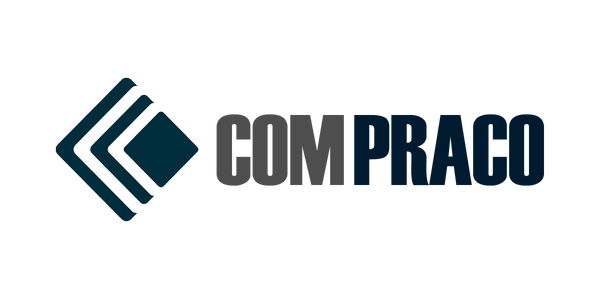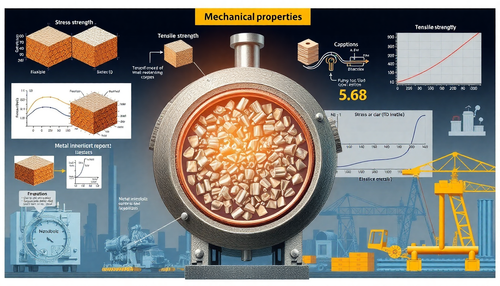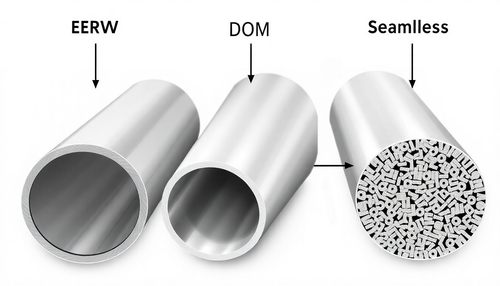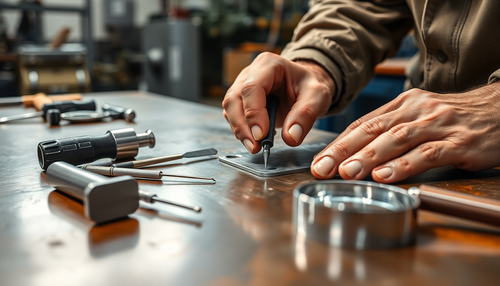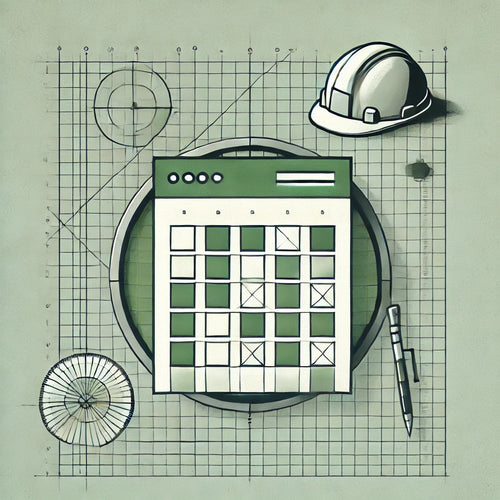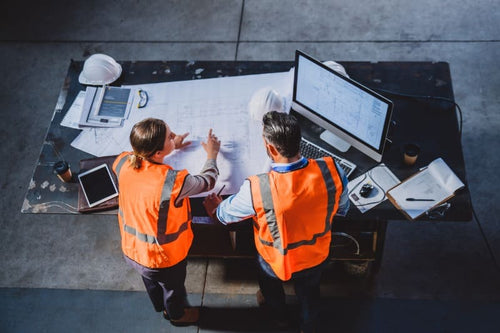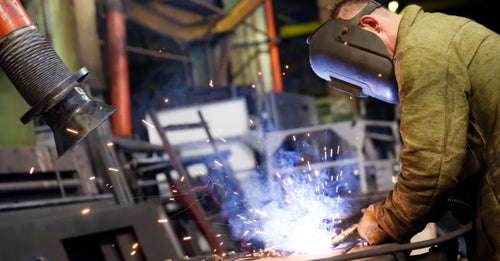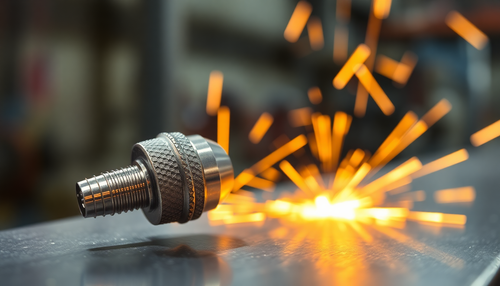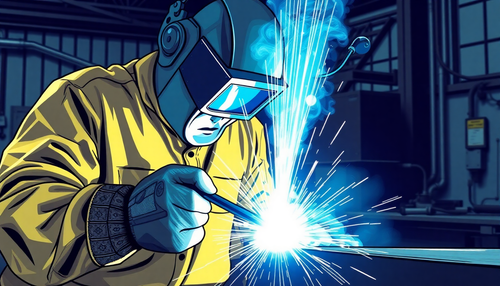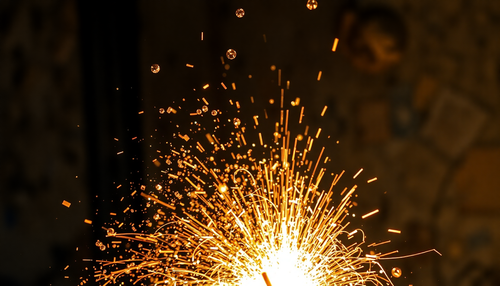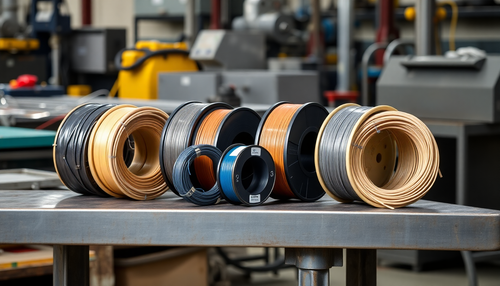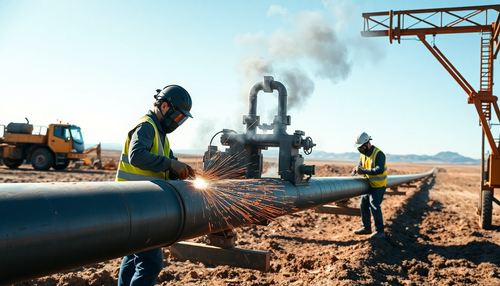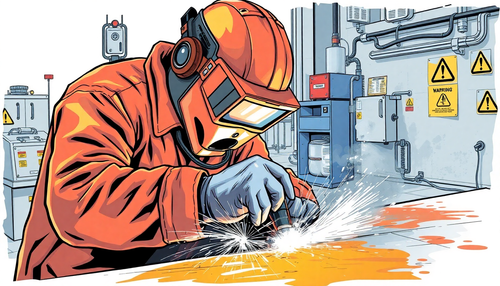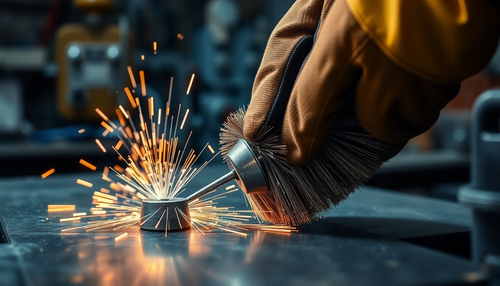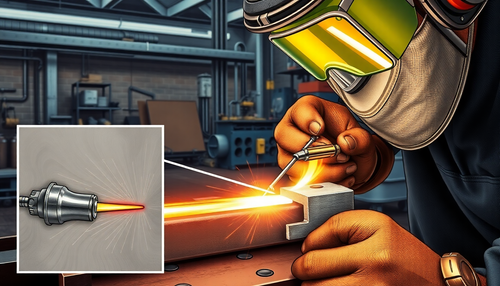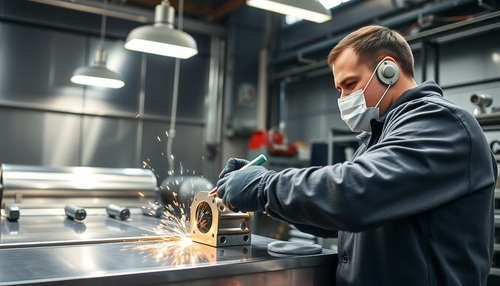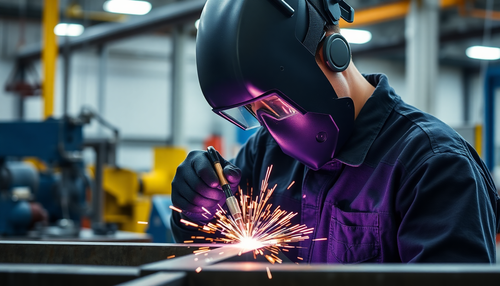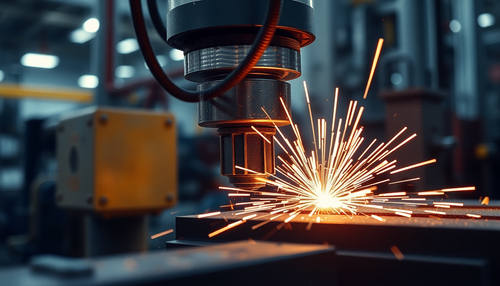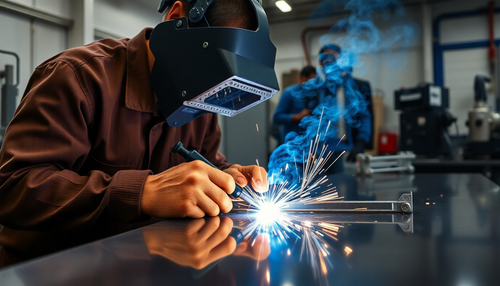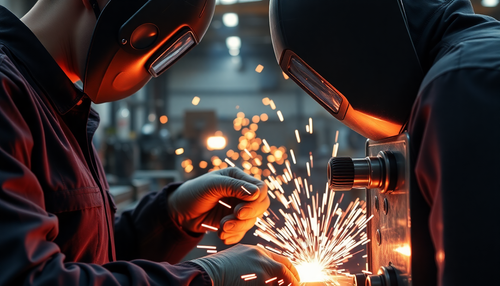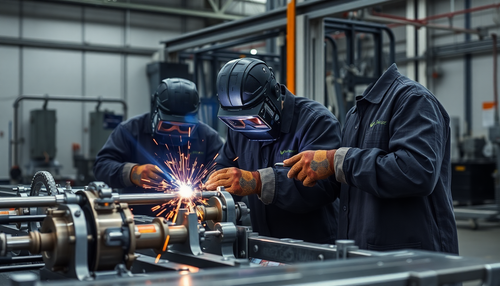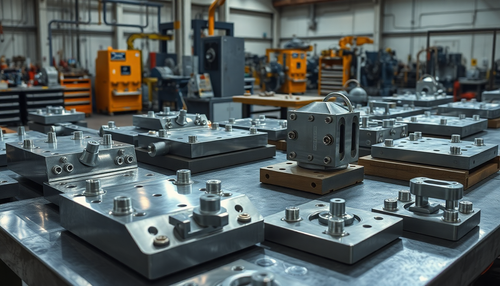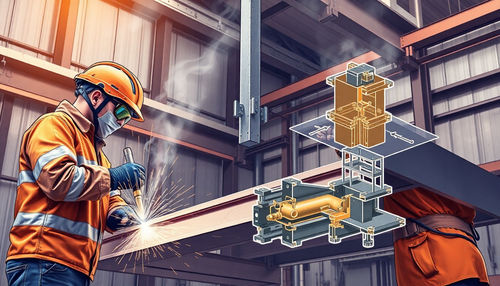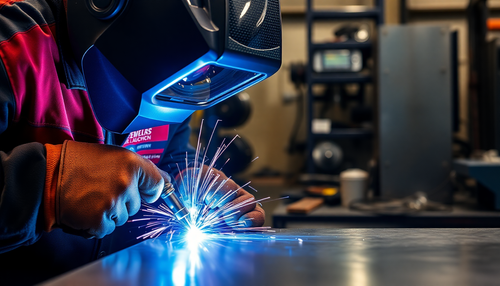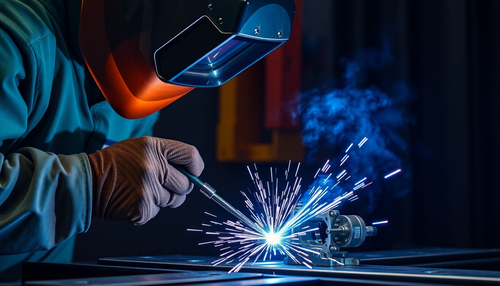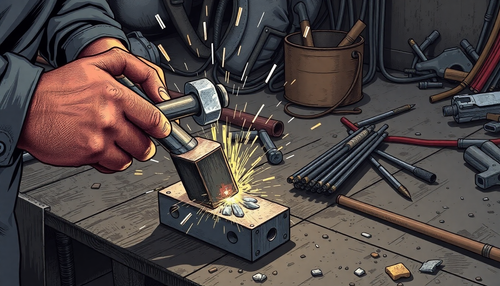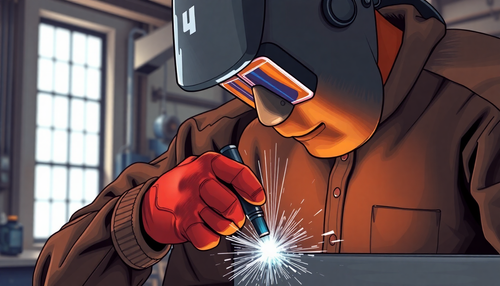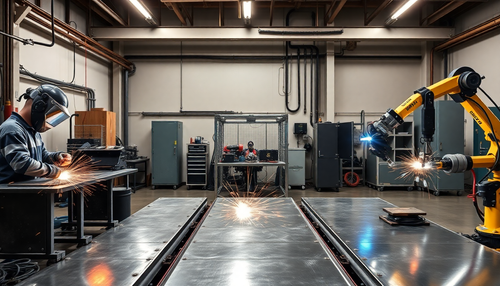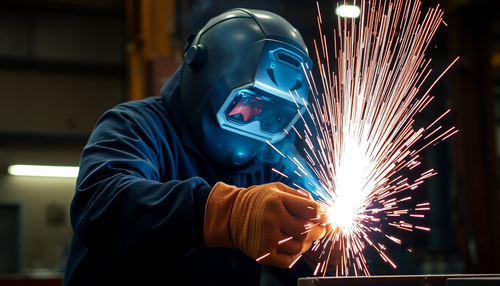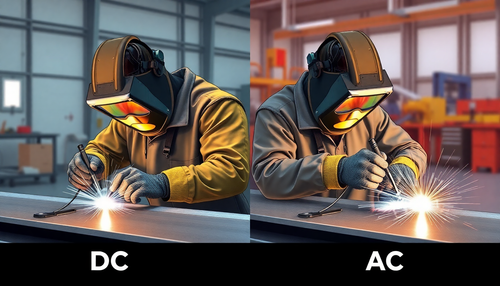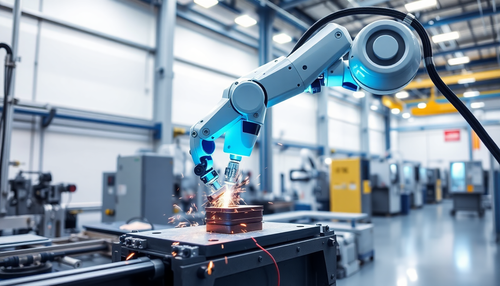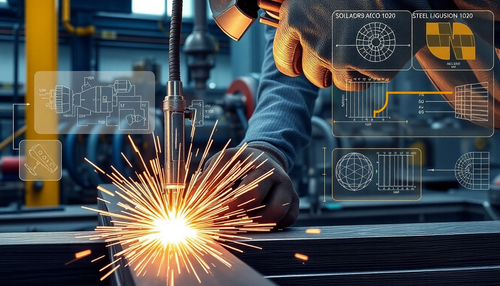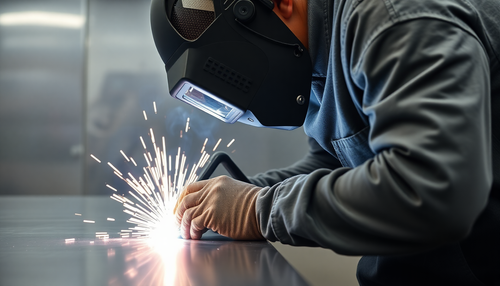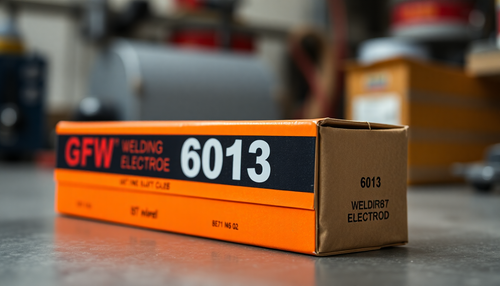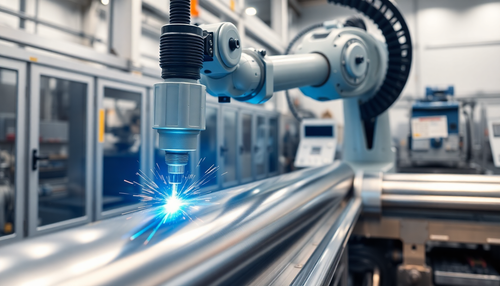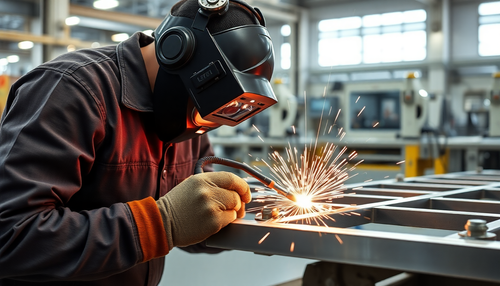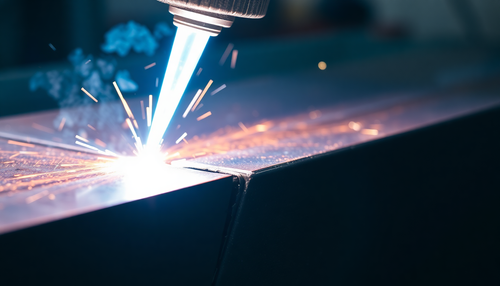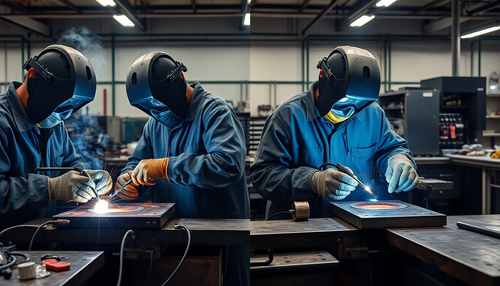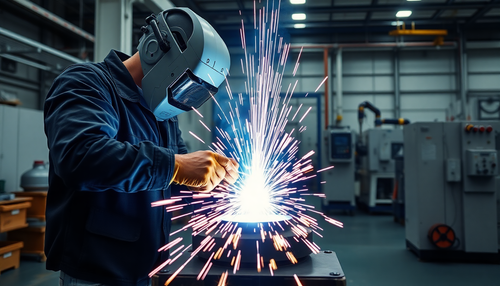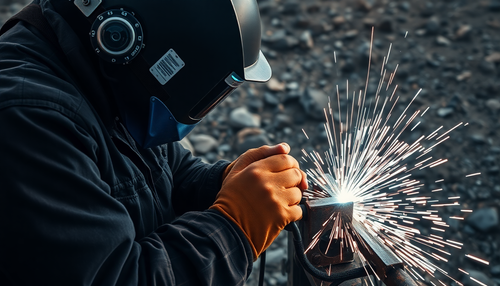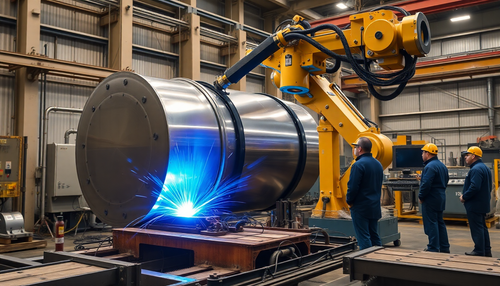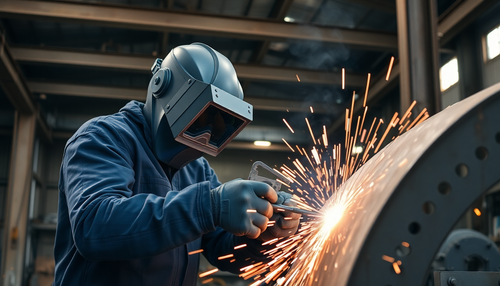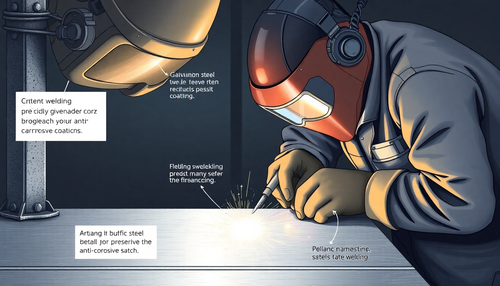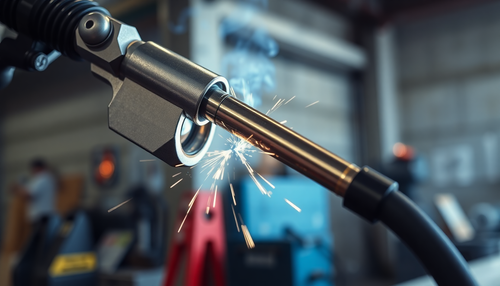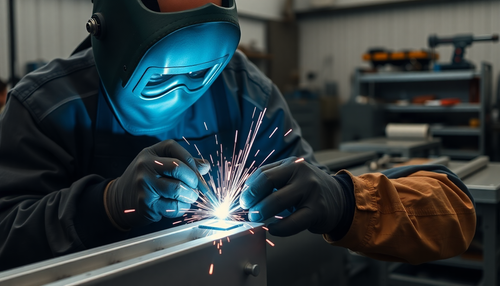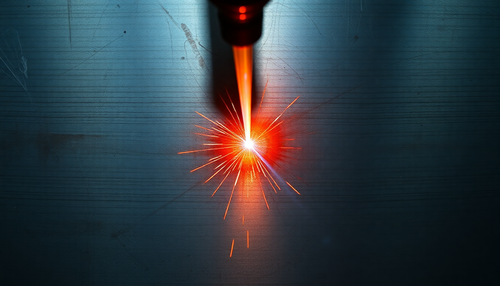
The technical design process is arguably the cornerstone of product development projects, whether they are small custom products or high-tech industrial facilities. It provides engineers with clear guidelines for planning projects and tracking their progress. In this article, we will discuss the technical design cycle and process in detail.
What is technical design?
Let's start with an overview of what technical design is. A simple definition would be the application of engineering techniques and principles to creatively and systematically solve a design problem.
It seems that even our simple definition is a bit complicated. For this reason, designers divide the entire process into different stages of the design process, which gives their work more clarity and structure.
The technical design cycle begins in the ideation phase and follows the product from prototype to production, at the point where it is ready for market launch.
Technical design process
The following sections discuss the individual phases of the process in more detail.

Problem definition
Defining the problem is the first and probably the most important step in the design process. In this phase, the development team meets with those involved in the product, including investors, production managers and the sales team.
Product design requirements are discussed in detail and the expectations of the entire group are clearly understood. These include high-level objectives such as product functionality, aesthetic requirements, budget constraints, material constraints, product quality, etc.
The problem statement provides designers with a framework for their work. Consequently, goals are established for subsequent steps in the design cycle, and it is common to reconsider the problem definition when problems arise.
To look for
In the research phase of the engineering design process, engineers conduct an in-depth study of the design. This phase involves a thorough investigation to understand the problem from multiple sources such as academic literature reports, design consultations, and technical design principles.
This research gives designers specific insight into the problem and creates the basis for informed decisions. At the end of this process, designers are aware of the problems they may encounter and the advantages they can take advantage of.
Design requirements
Once the research phase is complete, engineers can define project requirements, translating their findings into specific criteria. These criteria are technical, specific and measurable.
For example, in a common engineering design process, these requirements include objectives such as product weight, volume, useful life, user safety, and manufacturing cost.
Viability study
Next comes the feasibility phase. This is a critical phase in the design process that involves evaluating the practicality and feasibility of potential solutions. Engineers evaluate your ideas against technical, environmental, financial and legal constraints.
In this way, designers develop a more comprehensive understanding of the project that goes beyond the core aspects of design. Furthermore, they can identify potential risks, challenges and technologies that can help them define a practical path forward.
Furthermore, ensuring the viability of a project is usually also crucial to securing financing from investors.

Concept creation
Achievable projects advance to the concept development phase. This is an intensive brainstorming phase where the design team proposes ideas for various design concepts. Emphasis is placed on creativity and problem solving, with team members encouraged to find all possible solutions to the problem at hand.
Intensive brainstorming often creates a set of potential design concepts that the team can move forward with.
However, after this initial phase, designers engage in idea-specific discussions to weed out bad ideas and shift their focus to concepts worthy of further exploration. This is an important phase in the design process, as ideas with low potential are filtered out and the team gains clarity and guidance in their approach.
First draft
After completing a concept that must be worked on later, designers now need to lend a hand. The initial design phase involves creating initial sketches or drafts of the proposed solution, focusing on key features and design requirements.
Additionally, these designs are also a good way to communicate your design intentions and ideas to non-technical teams. This is an important aspect of technical design, as communication between teams is necessary to ensure progress and transparency in the process.
These initial drafts serve as a starting point for further refinements in subsequent phases.

Optimize projects and technical drawings
At the end of the initial design phase, designers often go through a long process of elimination to determine the exact design they want to move forward with. However, at this point in the engineering design process, the original design is still far from being a functional design.
Therefore, the detailed design and optimization phase bridges the gap between conceptual and functional design. First, the necessary details are added in the first draft. Dimensions are determined, materials are selected, tolerances are determined, and assembly configurations/limitations are defined. These are fundamental mechanical design activities that ensure the functionality and safety of an engineering project.
Engineers use technical drawings to consolidate and communicate all of this information within and across teams. After sizing, an optimization study can also be carried out. This is good design and engineering practice. The objective is to maximize product performance by finding the best configuration of project inputs (dimensions, orientation, technical adjustments, etc.).

Prototype development and testing
The prototype development and testing phase is about bringing the product design into a functional, tangible form. At this stage of the design process, various rapid prototyping methods such as 3D printing or CNC machining are used to produce working prototypes of the design.
After production, engineers perform rigorous testing to identify defects and areas for improvement. Testing may include failure testing, fatigue testing, overload testing, etc. All these tests aim to simulate the product's real working environment and check whether the design works efficiently under these conditions or not.
This phase is often very iterative, as each testing cycle reveals new issues that require design revisions. The transition from conceptual design to final design requires time and patience from the design team.
Additionally, this phase of the design cycle also includes an in-depth study of design for manufacturing. This analysis focuses on fine-tuning the design to ensure compatibility with manufacturing processes. For example, sharp inner corners can be rounded for convenient CNC machining.
At the end of the time-consuming prototype development and testing phase, the design is fully ready for series production.

Production
The final phase of the design process is production. After this phase, the team takes the product to the market and it reaches the hands of end users. Therefore, this is a critical phase as errors are unacceptable and risks are high.
As part of the technical design, the design team forwards its work to the production department. The production team then creates a manufacturing plan based on factors such as lead times, selected manufacturing processes, DFM analysis, quality and quantity requirements, and material availability.
For example, if the product quantity is small, the production team will focus on small batch production methods such as CNC machining or vacuum casting rather than injection molding or pressure casting.
After production, the products go through a quality testing system where requirements such as dimensional and shape tolerances, surface quality and heat treatments are verified.
Most companies work with a predefined quality threshold. For example, a company operating at the 6-sigma level must ensure that fewer than 3.4 defects occur per million opportunities. Such requirements help maintain manufacturing quality.
Finally, the production team packs the products and delivers them to the supply chain department.
This point marks the end of the technical design cycle.
Important Skills You Need to Master for Technical Design
Engineering design is a growing field with many opportunities for young professionals. It is constantly evolving and incorporating related disciplines into its extensive body of knowledge. This highlights the fact that design engineers need to stay up to date with modern technology to remain competitive.
Although technical design cycle development is a broad field, we will highlight some of the essential skills of designers.

Engineering knowledge
The first and most important requirement to become a talented designer is to acquire engineering knowledge. This includes a thorough understanding of topics such as mechanical engineering, thermal and fluid systems, manufacturing, and CAD. This list could go on, but we'll highlight some of the key topics to provide a basic overview.
Of course, knowledge requirements can change depending on the designer's industry. It's good practice to identify your interests upfront and start developing those specific skills to give yourself an edge.
Creative problem solving
Design is about finding creative solutions to complex problems. A designer must have the creative ability to find innovative solutions to technical problems. Furthermore, these solutions must also meet specified design requirements and adhere to design standards.
As you can imagine, it can be difficult to come up with ideas that are not only new and creative, but also technically practical. Therefore, aspiring designers should participate in design projects to improve their skills and become good at their job.
Communication and teamwork
As we have seen, the technical design process is not easy. Rarely can one person handle the entire workload alone. Therefore, it is common to work in a team of technical and non-technical employees when working on a technical drawing project.
Therefore, communication and teamwork are one of the most important skills for engineers and manufacturers. If you work well together, you can support your team very well. Team members contribute to the workload, complement each other, and maintain respect.
Communication is also a fundamental skill in teamwork. There are countless situations where ineffective communication can cause problems. For example, failure to communicate quality requirements to the production department can have serious consequences in the form of defective products.

Technical design and manufacturing design
In this final section, we would like to address the topic of engineering design and manufacturing design. Both areas are closely linked and work together to make a product successful.
The construction process has been explained in detail in the previous sections. As we have seen, it involves numerous steps and clearly defined roles for design engineers at each stage.
Design for Manufacturing, in simple terms, is a specialty that focuses on making a design easy to manufacture. This is done by changing the design so that its functionality remains unchanged, but production becomes cheaper and faster.
A common example of DFM analysis is the use of rounded internal corners, removing deep, narrow grooves and avoiding thin walls in CNC machining to ensure better surface quality and minimal tool wear. This does not change the usability of the product, but it drastically reduces part waste, cycle times and material waste.
WayKen supports your engineering project – from prototype to production
Concluding
The technical design process is certainly an excellent way to solve design problems. The different steps of the technical design process make the entire process very systematic and easy to understand and help design teams organize their work better.
Common questions
Why is prototyping important in the technical design cycle?
Prototyping is crucial to validating the technical design before going into series production. Due to the complexity of technical design projects, errors are to be expected. In the prototyping phase, these design errors are eliminated and designers can improve the design throughout iterations.
What tools are used for technical construction?
Many tools are used in engineering projects such as CAD, CAE, FEM, machine learning, life cycle analysis, etc. The exact choice of engineering tools depends on the specific stage of the engineering design process and the type of project.
How to find the right manufacturer for technical construction?
Factors you should consider when choosing an engineering design manufacturer include manufacturing capacity, service quality, cost, material availability and customer service.
